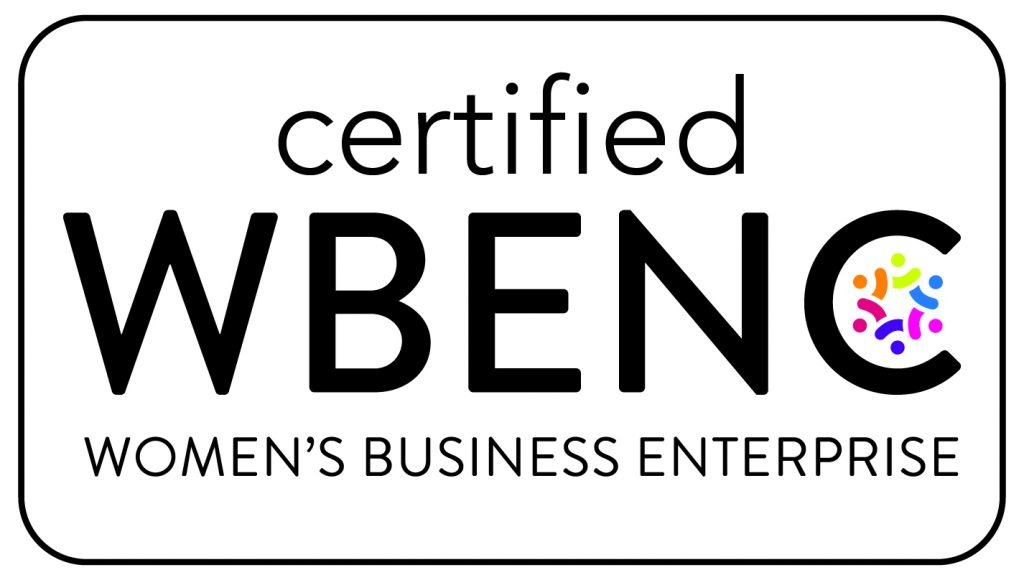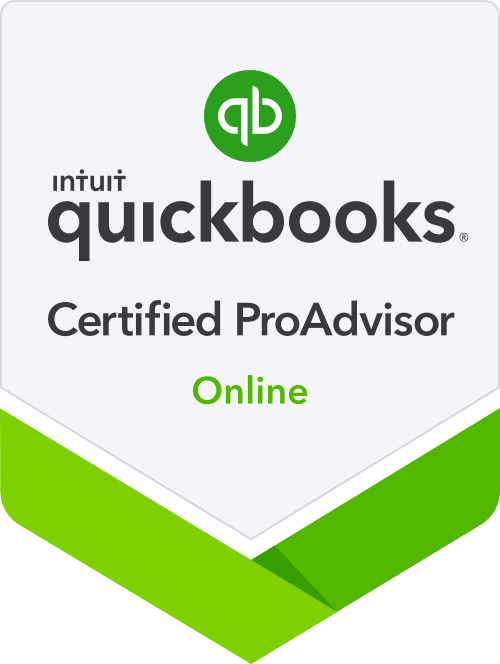 You want to scale your business but that’s going to require a lot more money. What now? You can breathe easy because you’ve got options.
You want to scale your business but that’s going to require a lot more money. What now? You can breathe easy because you’ve got options.
Debt in your business can be manageable, believe it or not! The key is to weigh what’s going to be most advantageous for your business and give it a good chance at growth. (Read about cultivating a growth mindset here).
That may mean a short term debt created by purchasing something on a credit card that you should be able to pay off as soon as you make your next sale. Alternatively, you may want to make a larger investment that you’ll have a plan to pay back in the long-term. Let’s dive deeper into these considerations.
Short-Term vs Long-Term
When you go to finance a venture within your business, the first thing you’ve got to consider is whether you’re taking on a short term debt or long term debt. A short term debt is one you’ll be able to pay back within 30 to 60 days, and a long term debt is paid back in the range of one to five years.
Short term debt helps you with your overall cash flow. These debts keep the cash flowing so that it can continuously make it back to you as revenue. They typically involve tapping into a line of credit, through the bank or through your credit card.
Long term debt might seem scary but it’s what’s necessary to scale your business using the tools you already have or will have in the near future. It’ll be less scary by the time you go to apply for that business loan or sell that percentage of your business because you will have to have a plan. I’ll talk more about planning as you read on. (Budgets help you plan too).
Debt vs Equity
If you’re ready to create long-term debt, you’ve got two options: accrue debt or offer equity.
Since you don’t have the money to invest, accruing debt means taking out a business loan. Your other option is to gain equity. Equity involves giving a share of your business to an outside stakeholder, who will then help fund your growth because they’re invested in your organization. With either option, you owe someone money. It just depends on who you’d rather owe.
Good timing vs bad timing
There are bad times to collect debt, like a month where business is slower than usual or when expenses are piling up. A good time to collect debt is when you can forecast your expected revenue and based on that, know that you’ll have the money to pay back that debt in no time. (An accountant can forecast this for you. Find out more about hiring an accountant here). It’s even better if the source of the debt has a high return on investment. That way, you’ll be able to pay off your debt AND make some profit!
If you choose to apply for a business loan, you not only have to forecast for yourself. You have to come prepared with data proving that you will have the profit margin to pay them back in a timely fashion. (Read more about gross profit margin here). A potential stakeholder is likely to be interested in this data as well.
Whether your debt is short-term or long, or through assets or equity, it’s all about timing. To get a timeline for smart debt creation that will help you scale your business, all you need to do is forecast when you’ll need cash and when you’ll have it.
Debt doesn’t have to be your number-one stressor. With some careful planning, your business will be skyrocketing to success!
Plan to reach your income goals by using my free Income Goal Calculator, which you can download here.






